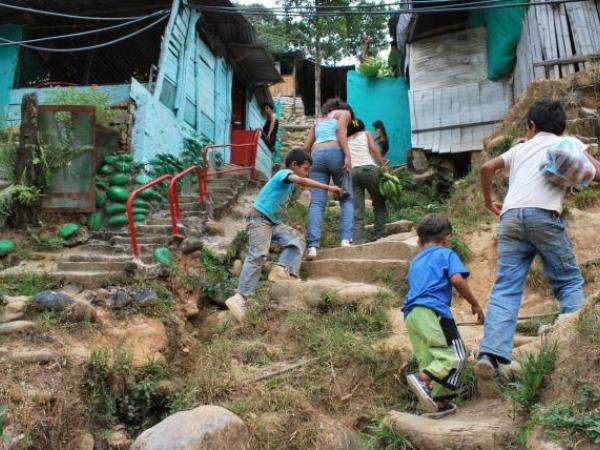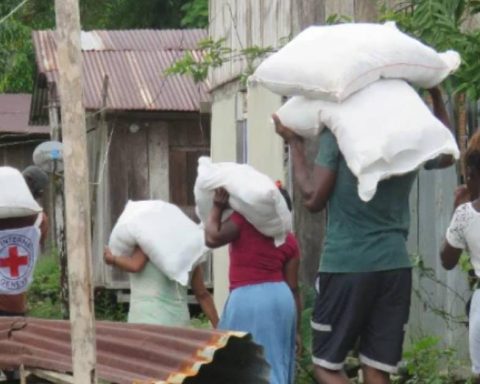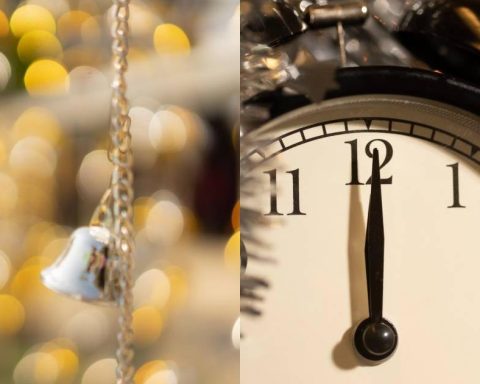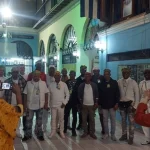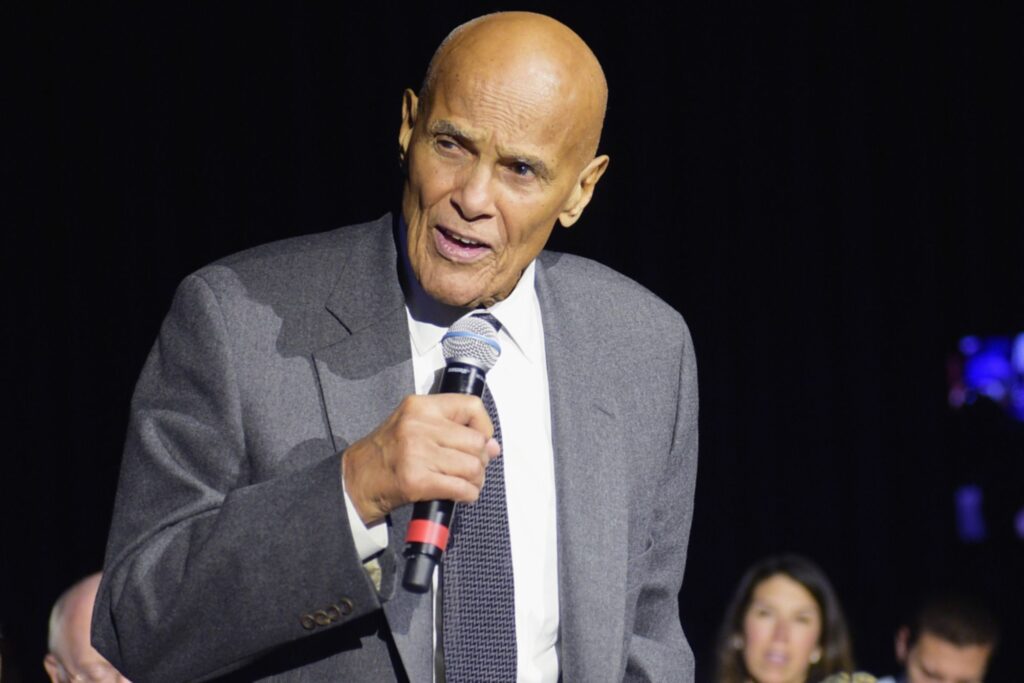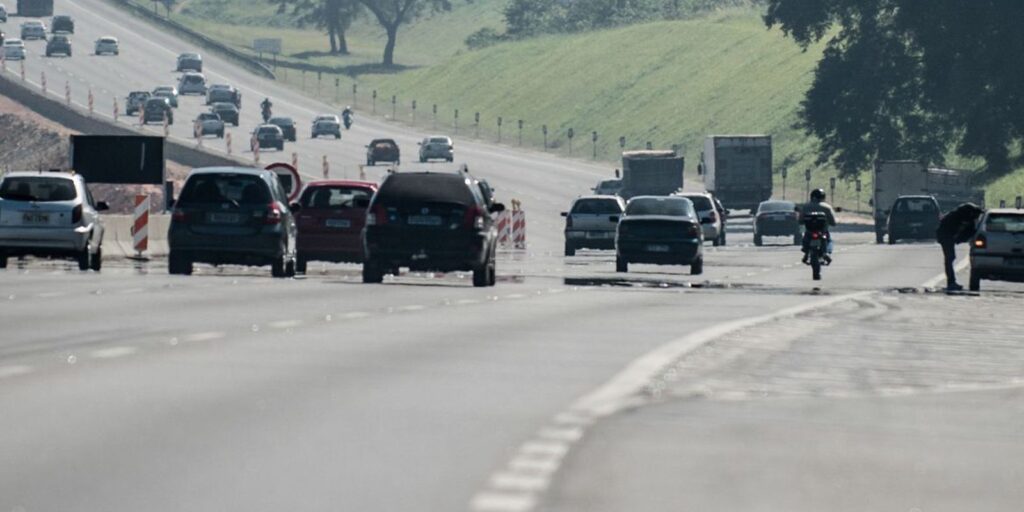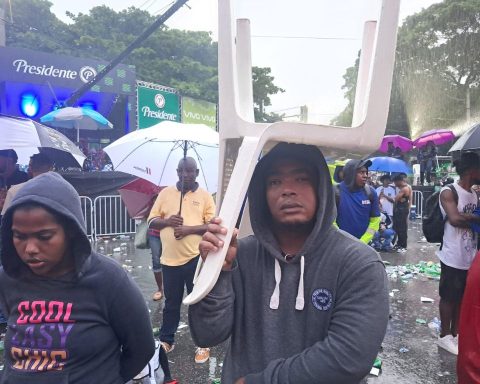Returning to the poverty figures that were in 2019 is one of the goals that the Government set in the framework of the pandemic, but this return could still be halfway. This week the National Administrative Department of Statistics (Dane) will deliver the official poverty figures for 2021in which the real impact of the economic recovery on the situation of Colombian households will be known.
(Sisbén IV already shelters 19.9 million poor people).
Nevertheless, expert calculations show that there would still be significant ground to recover.
This Tuesday the result of monetary poverty will be disclosed, that which is measured according to the income levels of families, and that in 2020 increased to a level of 42.5% of the population, from a figure of 35.7% that it was held in 2019. This implied that 3.5 million people entered this condition, and 21 million poor citizens were reached.
Given the uncertainty generated by these figures, the Anif economic studies center published a document in which it analyzes the possible results for the 2021 term.
According to estimates of the entity, “The percentage of people below the poverty line for 2021 could be 40.2%, with an interval between 39.0% and 41.4%”.
It is then estimated that 1.1 million fewer people live in poverty compared to 2020. This calculation took into account the changes in employment in 2021, as well as in wages.
But it also reviewed price variations, something that especially affects extreme poverty, a record that went from 9.6% of the population in 2019 to 15.1% in 2020. This group welcomes citizens who lived in 2020 with less than $145,004 per month, or under the extreme poverty line.
The projection of the Anif economic research team for extreme poverty is that it could reach 14.3% in 2021, with an interval between 13.4% and 15.2%.
Anif recognizes that there are two phenomena that have particular effects on poverty: employment and inflation, and that although government transfers have been important, the latter has hit the most vulnerable above all.
OTHER PERSPECTIVES
For his part, the director of Fedesarrollo, Luis Fernando Mejía, assured that the entity’s calculations point to a figure of 40.1%. But he clarifies that this analysis was not carried out based on the data of 42.5% from Dane, but from 43.3% estimated by Fedesarrollo.
“A year ago we had a very large divergence with the poverty figures, especially for the calculation of rural poverty, we argued that it did not make much sense that the Dane in the 2020 calculation had reduced the rural poverty line, and that explained largely due to the observed reduction in poverty that had supposedly closed the gap between urban and rural poverty in the worst year in our recent history, which did not have much explanation”Mejia clarified.
The director of the center for economic studies assured that one of the keys to this calculation is the average unemployment rate for 2020, which stood at 13.7%, and failed to recover its pre-pandemic levels.
(The 5 most relevant data on poverty in Colombia and Latin America).
On the other hand, Oriana Álvarez, director of Fundesarrollo, a study center located in Barranquilla, mentioned that although a decrease in poverty figures is expected, this progress in recovery will be reduced for two reasons: “The increase in inflation can affect the value of wages and the purchasing power of households, increasing poverty and there are important challenges in terms of female employment and youth and it is through employment that the effects of economic growth are transmitted in the poverty”.
MULTIDIMENSIONAL FOCUS
This week the results of the multidimensional poverty measurement will also be known, which focuses on the well-being and unsatisfied needs of the population, which went from 17.5% in 2019 to 18.1% in 2020. Last week the Dane presented the results of the Quality of Life Survey (ECV) for 2021, where he anticipated some elements that are related to the indicator. According to the survey, 46.7% of families said they perceived themselves as poor, above the proportion of 2020 (38.2%) and 2019 (37.9%).
Other data revealed is that for 1.7% of households, income is not enough to cover minimum expenses, a figure that also increased compared to 2020 and 2019. And that, while in 2020 19.6% of families said they had spent part or all of their savings, in 2021 this proportion rose to 38.3%. Last year, 17.5% of households said they were late with the payment of services.
SOCIAL PROGRAMS
One of the efforts launched by the government to contain the impact of the crisis was the intensification of monetary aid and social programs. According to figures from the National Planning Department (DNP), these have totaled $32.7 billion in this government, 53% of the total transfers of the programs.
“The transfers helped to reduce poverty in the context of the pandemic. There are two evaluations, one made by the IDB and the other by the World Bank, and if these transfers had not been made, poverty would have increased by 1.2% more”, The director of the DNP, Alejandra Botero, indicated last week.
LAURA LUCIA BECERRA ELEJALDE
